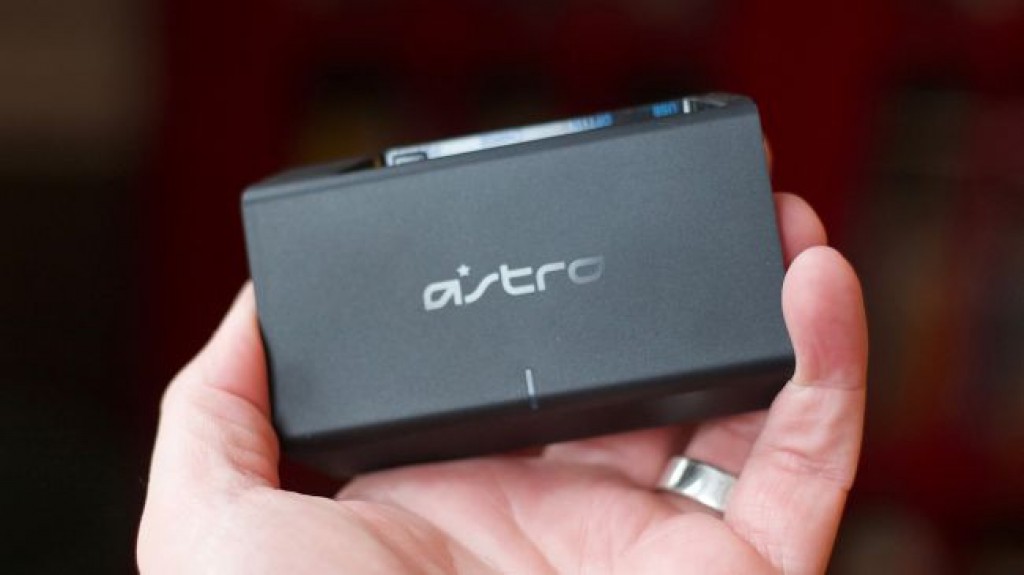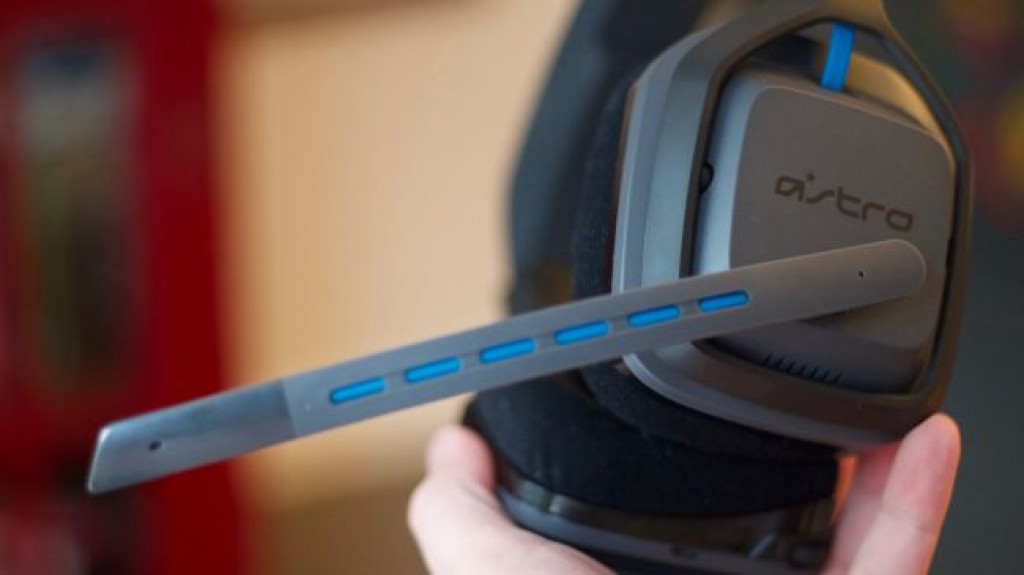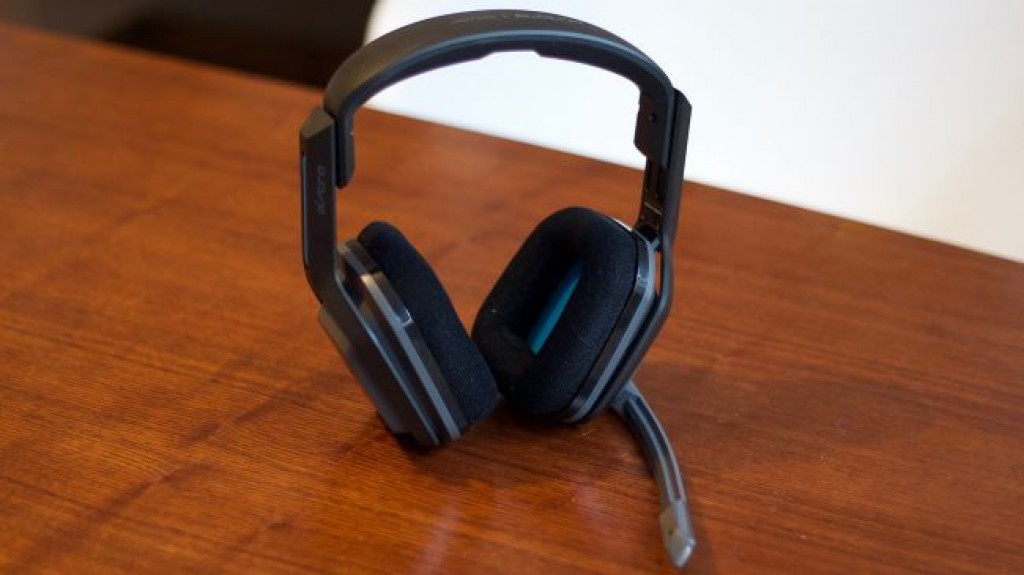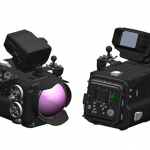
OUR VERDICT
- It lacks the frills of Astro’s pricier offerings, but the A20 headset delivers strong sound at a slightly more than modest asking price.
FOR
- Very good sound
- Strong wireless connectivity
- Sturdy, comfortable build
AGAINST
- Lacks surround sound
- More expensive than its competitors
Astro recently introduced the A10 Gaming Headset to offer the quality and allure of the brand’s pricier, surround sound offerings at a much lower price. And now, the Astro A20 Wireless Headset finds itself between those two extremes.
As the name suggests, it’s wireless like Astro’s higher-end offerings, such as the excellent A50, and it’s a hair more stylish than the A10s. However, it also drops surround sound from the more expensive headsets and lacks the MixAmp technology for subtly tweaking your audio output.
Even so, much like the A10, it still feels like you’re getting a very strong, quality offering without the incredible expense of the pricier Astro headsets. That said, however, the $149 (£149, AU$249) price point elevates the Astro A20 into a more crowded field of also-premium competition.

Design
The A10 looked like a super-simplified take on the familiar Astro mold, including the rounded rectangular cans, but the A20 brings a little bit more flair back into the build.
Here, there’s a visible colored wire running up from each cushioned can to the adjustable arms of the headband, plus there’s a gap between the arm and the can where the taut cord is visibly exposed. It’s not dramatically different in execution, but there’s a bit more going on here, visually.
The inside of the headband is lined with a puffy, rubberized pad for your dome, and in my experience, the headset fits well and was snug without feeling overly tight. Each arm can move up and down where it connects to the headband to better fit your head, and the build feels a little bit more premium than that of the A10.

The hook up
For the wireless connectivity, you’ll hook up the included transmitter to your console or PC. The A20 comes in PlayStation 4 and Xbox One varieties, both of which work with PC, but don’t cross over between consoles.
For the consoles, you’ll link up an optical cable and a USB cord, and that maintains the connection to your headset and transmits the audio signal. Setup is totally straightforward and difficult to screw up. With a computer, you’ll just need the USB cable to complete the task.
You’ll find a few different buttons on the headset’s right can, including Voice and Game audio buttons that nudge the balance towards one or the other, as well as a general volume dial right in between them. There’s also an equalizer button for swapping through presets, as well as an overall power on-off button.
And as on other Astro headsets, the microphone has flip-to-mute capabilities, meaning it’s automatically silenced when you turn it up so that it’s flush with the connecting arm. That’s so much better than fumbling for a mute button while playing.
It’s also worth noting that our initial Xbox One headset was unresponsive and only worked correctly for a single session, so we requested a replacement unit. The Xbox One and PS4 headsets we received thereafter both worked perfectly, so it seems likely that the original headset was simply a defective unit.

Performance
Despite being more than twice as expensive, the Astro A20 headset actually sounds very comparable to the A10. And that’s not a knock: I quite enjoyed the sound quality of the the company’s most affordable headset.
Just don’t come into this expecting any vast aural upgrade.
It’s perhaps a smidge cleaner-sounding thanks to the optical signal, but honestly, I’m not sure I could tell them apart based only on the audio. You’re paying for the wireless capabilities more than anything.
And the overall sound quality is very, very good – I used both the PS4 and Xbox One headsets. Rocket League’s vehicular demolitions and brash ball strikes sounded crisp and clean, while the high synth blips of the mostly electronic soundtrack came through vividly. The bass doesn’t have the oomph of pricier headsets, but it does feel solidly balanced here.
Having immersive sound in my ear holes helped amplify the Star Wars Battlefront II trial on EA Access, as I explored a freighter and blasted the hell out of rebel scum with piercing laser shots. Meanwhile, cruising along looping, faux-plastic Hot Wheels track in Forza Horizon 3 was even more of a delight than usual with the A20 delivering the thumping tunes and violent crashes in equal doses right to my head.

Again, it’s just a stereo signal, but Astro’s 40mm drivers are top-notch, and the sound quality was consistently strong. That’s true with movies and music alike, making these ideal cans for whatever kind of media you want to throw at them.
But like the A10, there’s an expanse of the sound field that’s empty without proper surround support in the mix. It just feels a bit curtailed compared to higher-end options, including Astro’s own A50, but you definitely get what you pay for in that respect.
The pull-down microphone also worked well in my testing, with no complaints about clarity from friends I spoke with – and seemingly nothing broadcasted when I flipped up the mic.
Astro says the A20 lasts more than 15 hours per charge, which is done via an included microUSB cable that plugs into the transmitter. In my experience, I’d pop the plug in after a few days of intermittent play and never ran into a charge issue, but heavier players may need to charge a bit more often to keep pace.
In any case, that’s a strong amount of uptime per charge.

Final verdict
By and large, the Astro A20s impress. They sound great, fit very comfortably, and I had no issues with the wireless signal or set up. This headset may not hit the highest highs of sound quality as the Astro A50s do, but at half the price, they’re a very good substitution.
That said, if you’re not desperate for wireless support and don’t mind plugging a cable into your PS4 or newer Xbox One, the $60 Astro A10s are also well worth considering. They’re a little less stylish, but the sound quality is pretty comparable and the 3.5mm plug means they’re widely compatible with various devices.
Source: techradar.com









































